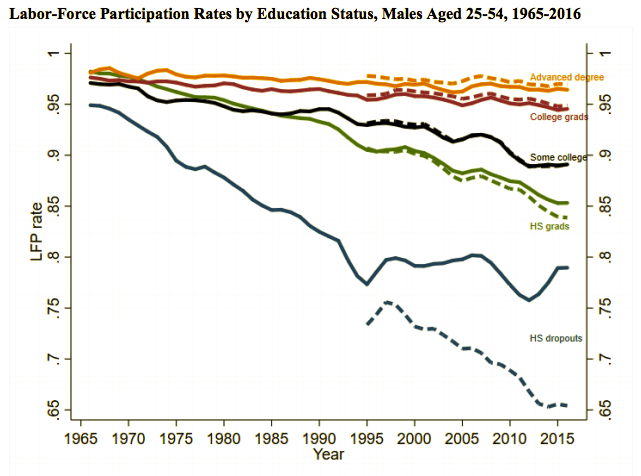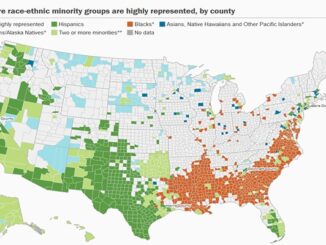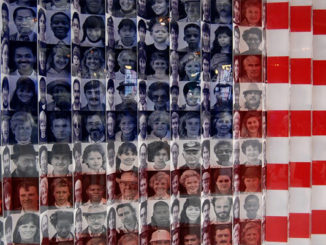
by
Economists are trying to understand the steady decline of non-college-educated men in the labor market.
In the late 1960s, almost all prime-working-age men, typically defined as 25 to 54, worked—nearly 95 percent. That figure had dipped to 85 percent by 2015—a decline most acutely felt among men without college degrees. The trend of men dropping out of the labor force, particularly non-college-educated men, has been building for more than six decades. It has been a slow withdrawal, but a steady one—a flow that began with a sharp decline in opportunities for men who dropped out of high school, and grew to include those who earned a diploma but not a degree.
A recent working paper from the National Bureau of Economic Research suggests that maybe it’s all of the above and then some—a complex combination of low wages for non-college-degreed jobs; incarceration rates, which are higher among men without degrees; and a sharp decline in marriage rates among less educated men, which may remove an economic incentive to work—all wrapped up into a slowly rolling ball that’s knocking more and more men out of the workforce. Sure, these issues are affecting college-educated men as well, but each of them is felt more acutely by those without degrees.

The researchers, Ariel Binder, a graduate student, and John Bound, a professor of economics, both from the University of Michigan, poke at the incomplete explanations one by one. First, there are the low wages. “The market will pay you a certain wage to do a job, and if you like that wage, you take the job,” Binder told me. As the wage gap has grown between those with college degrees and those without, economists have suggested that men aren’t as interested in taking some of the less lucrative jobs. “This explanation doesn’t seem entirely sufficient,” he says. Wages for men without college degrees, adjusting for inflation, haven’t changed that much since the ’60s. “It’s hard to see why fewer and fewer men seem willing to seek work at wages that aren’t very different than wages faced by earlier cohorts,” he added.
Then there is the rise in incarceration rates. A 2014 poll found that 34 percent of nonworking men ages 25 to 54 had criminal records. Still, the decline in labor-force participation started in the ’60s, before the rapid rise of the prison population. That may enhance the trend, but it can’t, alone, explain it.
Finally, there was a boom in enrollment in Social Security disability-insurance benefits from the ’60s to the ’90s, Binder says, though the trend slowed more recently. More men took advantage of those benefits, when in the past they might have been forced to work through their injury. But that would primarily affect men ages 45 to 54, he says—it can’t account for younger nonworking men.
The holes in each theory led the researchers to a new potential explanation: the dramatic change in family structure since the 1960s, and “the tremendous decline in the share of nominally less-educated men forming and maintaining stable marriages.” As family dynamics have shifted and more women have gone to work, an important labor-supply incentive has been removed. Men might not have families to take care of, or if they do have families, their wives might be doing more of the providing.
Adam Harris is a staff writer at The Atlantic, where he covers education.



